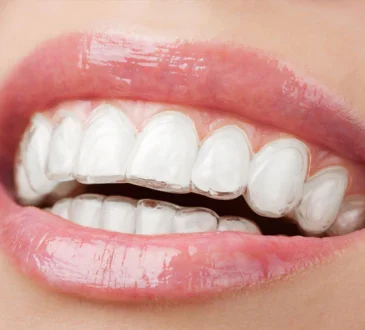
In recent years, the field of orthodontics has evolved far beyond its traditional focus on straightening teeth for aesthetic purposes. While a beautiful smile remains one of the most sought-after outcomes of orthodontic treatment, there is growing evidence that aligning your teeth can significantly impact overall health. From improved oral hygiene to better systemic well-being, orthodontics plays an integral role in maintaining not just dental health but also general wellness. This article delves into the intricate connection between orthodontics and overall health, shedding light on how proper alignment of teeth contributes to a healthier life.





